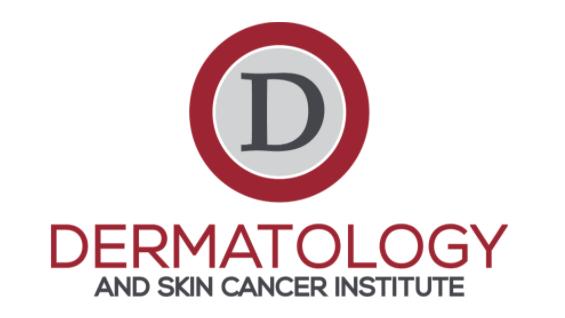Oh no…its a cold sore, now what?

Cold sores or fever blisters are a common viral infection that occurs usually on or around a persons lips, near the nose, or on the cheeks. Fluid filled blisters on a red base appear as a single lesion or in a group. The blisters eventually break, ooze, and a crust forms resulting in a sore. Before the skin erupts there can be a feeling of itching, burning or tingling at the site. The sores usually last 2-4 weeks and will heal back to normal appearing skin.
The very first outbreak can be accompanied by systemic symptoms such as fever, sore throat, painful sores on the gums, swollen lymph nodes, headache and muscle aches. Repeat outbreaks usually just involve the same site on the skin.
The virus that causes this infection is known as herpes simplex and there are two types – type 1 and type 2 – and usually it’s type 1 that affects the face. This is passed from person to person by close contact such as kissing. The virus can be passed to another person even if there are no visible sores.
Once you have an outbreak the virus lies dormant and can be reawakened at any time. Certain things can trigger cold sores such as sun or wind, fatigue, illness, stress, or hormonal changes.
There is no cure for this virus currently but antiviral medication exists to shorten the duration of the outbreak or prevent them from returning. The medications are either topical or oral and are available over the counter or by prescription.
To prevent the spreading of this infection we recommend avoiding skin to skin contact when the blisters are present, avoiding shared items like towels, lip balm and utensils, frequent hand washing and good hygiene, and use of sunscreen especially if sun exposure is one of your triggers. Remember an ounce of prevention is worth a pound of cure!
